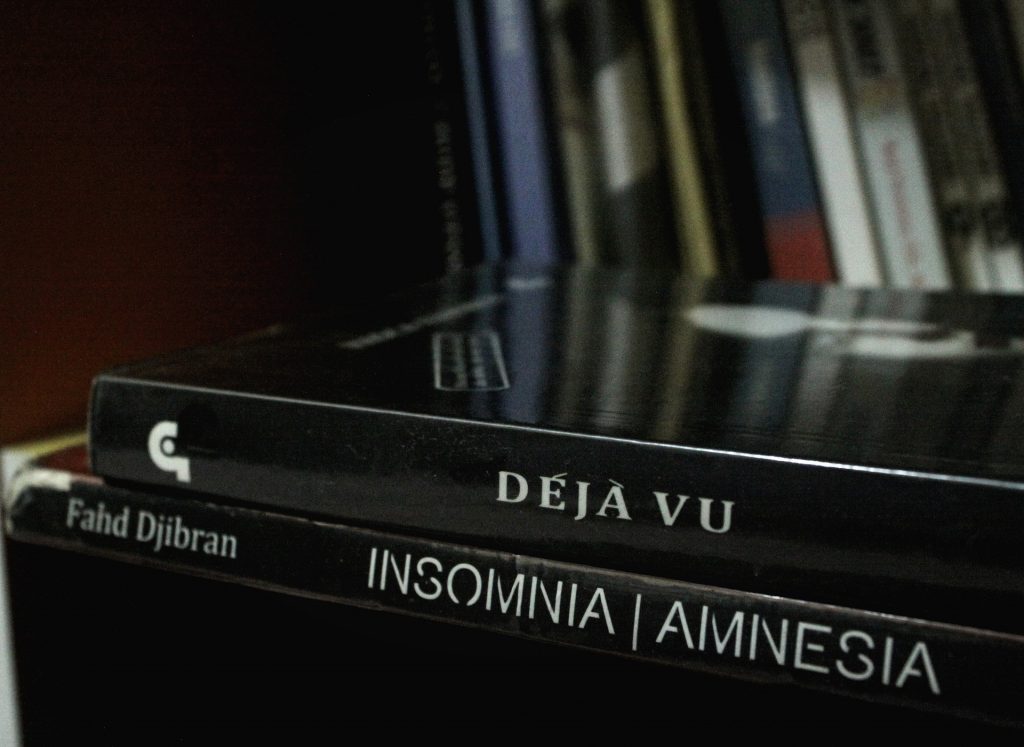This post is also available in Dutch.
It happens when we feel as if a particular moment has already occurred in the past. Any sensation such as a sight, a sound, or a smell can trigger a sense of familiarity, as if it belonged to some previous experience. This phenomenon is best-known as déjà vu, a French word that literally means “already seen”. The expression of déjà vu is not new and there are many examples of it in the past literature as well as in modern art. We heard of it from Proust in his description of a déjà vu triggered by the taste of a delicious French pastry that he used to eat as a child, and Beyoncé in her hummable song about a romantic déjà vu.
There is no doubt that déjà vu is intriguing most of us, and neuroscientists are no exception.
As usual when it comes to mysterious brain functions, neuroscientists are first in line to solve the mystery. The key finding, derived from multiple studies, is that déjà vu is a quirk of the memory system. Your brain mixes up memories, leading to a mismatch between what we think we remember and what actually happened. This occurs because new sensory information that is usually stored as part of the short-term memory leaks out into the long-term memory. As a result, recent memories get confused with old ones. Therefore, you think you recognise something as if you have already seen it before. But in reality, this stimulus is unfamiliar and you are just confusing it with other, older memories.
Deja-vu can be thought as a kind of faulty familiarity-based recognition. But when and why does it happen?
When researchers investigated déjà vu in the general population, however, they saw that people can have a déjà vu even though they have generally good memory skills. Déjà vu-ers in fact reported no difficulties at recollecting past events or recognising previously seen stimuli as familiar. One factor instead appears to have a strong association with déjà vu: travel frequency. Surprisingly, déjà vu is more likely to occur when people experience a sense of familiarity in unfamiliar environments, places where they have never been before. The reason is that to experience a déjà vu you need to determine that the sense of familiarity was wrong, and this is easier to detect when the context is completely new to you.
Quirky memories, faulty perceptions… what about the brain?
Apparently, there is one brain region that is particularly important for déjà vu: the medial temporal lobe. The medial temporal lobe includes the amygdala, the centre of the emotions, and the hippocampus, the brain memory processor. Research in epileptic patients showed that an electrical stimulation within the medial temporal lobe can induce episodes of déjà vu. It seems therefore that a déjà vu is nothing but the activation of the amygdala and the hippocampus in rhythm with each other, creating faulty emotionally charged memories.
Déjà vu is a trick of our sensory and emotional memory and especially occurs when exposed to unfamiliar environments. Many other questions are still unanswered though. When and why are we more susceptible to experience a déjà vu? Is déjà vu more frequent in young or adult people? How different is it from its opposite – jamais vu? Stay tuned to learn more!
Author: Martina Arenella
Buddy: Kim Beneyton
Editor: Rebecca Calcott
Translator: Ellen Lommerse
Editor translation: Floortje Bouwkamp
Photo credit to marlon Nainggolan via Pixabay
